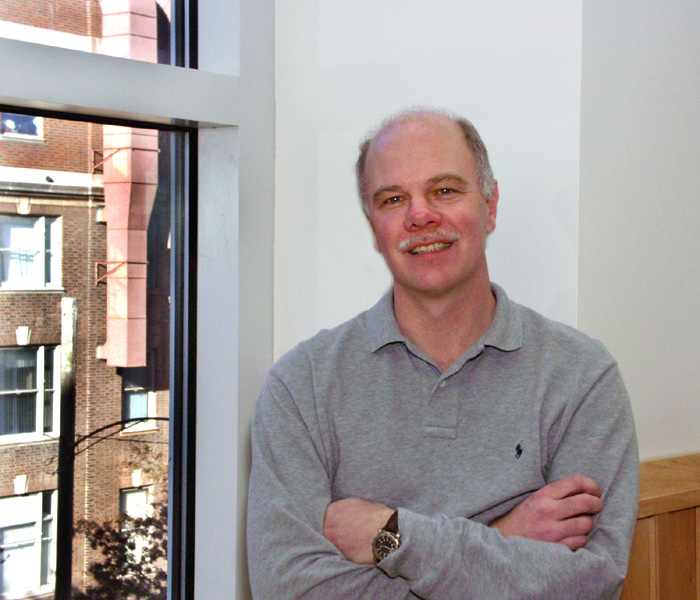
| IEEE International
Conference on Shape Modeling and Applications |
| Stony Brook University, June 4 - 6, 2008 |
News and Updates
Call for Papers
Organization
Important Dates
Paper Submission
Technical Program
Invited Speakers
Best Paper Award
Workshops
Mini-Symposia
Venue
Travel
Hotels
Social Events
Registration
About Stony Brook
Contact Us
Previous Conferences
Sponsors
Other Events
| Invited Speakers |
|
James S. Duncan received the B.S.E.E. degree from Lafayette College in Easton, Pa. in 1972, the M.S. degree in engineering from the University of California, Los Angeles, in 1975, and the Ph.D. degree in Electrical Engineering from the University of Southern California, Los Angeles, in 1982. In 1973, He joined the staff of Hughes Aircraft Company, Electro- Optical and Data Systems Group and participated in research and development projects related to signal and image processing for forward looking infrared (FLIR) imaging systems until 1983. During this time he held Hughes' Masters, Engineer, and Doctoral Fellowships. In 1983 he joined the faculty of Yale University, New Haven, CT, where he currently is the Ebenezer K. Hunt Professor of Biomedical Engineering, as well as a Professor of Diagnostic Radiology and Electrical Engineering. His research and teaching efforts have been in the areas of computer vision, image processing and medical imaging, with an emphasis in biomedical image analysis. Currently, he is the Director of Undergraduate Studies and the Associate Chair of Biomedical Engineering and the Vice-Chair for Bioimaging Sciences research in Diagnostic Radiology. His specific research interests include the segmentation of deformable structure from 3D image data, the tracking of non-rigid motion /deformation from spatiotemporal images and development of strategies for image-guided intervention/surgery. He has published over 150 peer-reviewed articles in these areas and has been the principal investigator on a number of peer-reviewed grants from both the National Institutes of Health and the National Science Foundation over the past 23 years. Dr. Duncan is a member of Eta Kappa Nu and Sigma Xi, is a Fellow of the IEEE and is a Fellow of the American Institute for Medical and Biological Engineering (AIMBE). He is on the editorial board of the Journal of Mathematical Imaging and Vision, is an Associate Editor for the IEEE Transactions on Medical Imaging and is one of the founding co-Editors-in-Chief of the journal Medical Image Analysis (Elsevier). He was a Fulbright Research Scholar at the Universities of Amsterdam and Utrecht in the Netherlands during part of the 1993-94 academic year. In 1997, he chaired the 15th international meeting on Information Processing in Medical Imaging and was the general chair for the 2005 meeting on Medical Image Computing and Computer-Assisted Intervention (MICCAI). From 1999 to 2003, Dr. Duncan was a charter member of the National Institutes of Health (NIH) Diagnostic Imaging Study Section, serving as its Chair from 2001-2003. Title: Model-Based Biomedical Image Analysis
Abstract:
Home |
News and Updates |
Call for Papers
|
Organization
|
Important Dates
|
Paper Submission Technical Program | Invited Speakers | Best Paper Award | Workshops | Mini-Symposia Venue | Travel | Hotels | Social Events | Registration | About Stony Brook | Contact Us Previous Conferences | Sponsors | Other Events Page maintained by webadmin |
